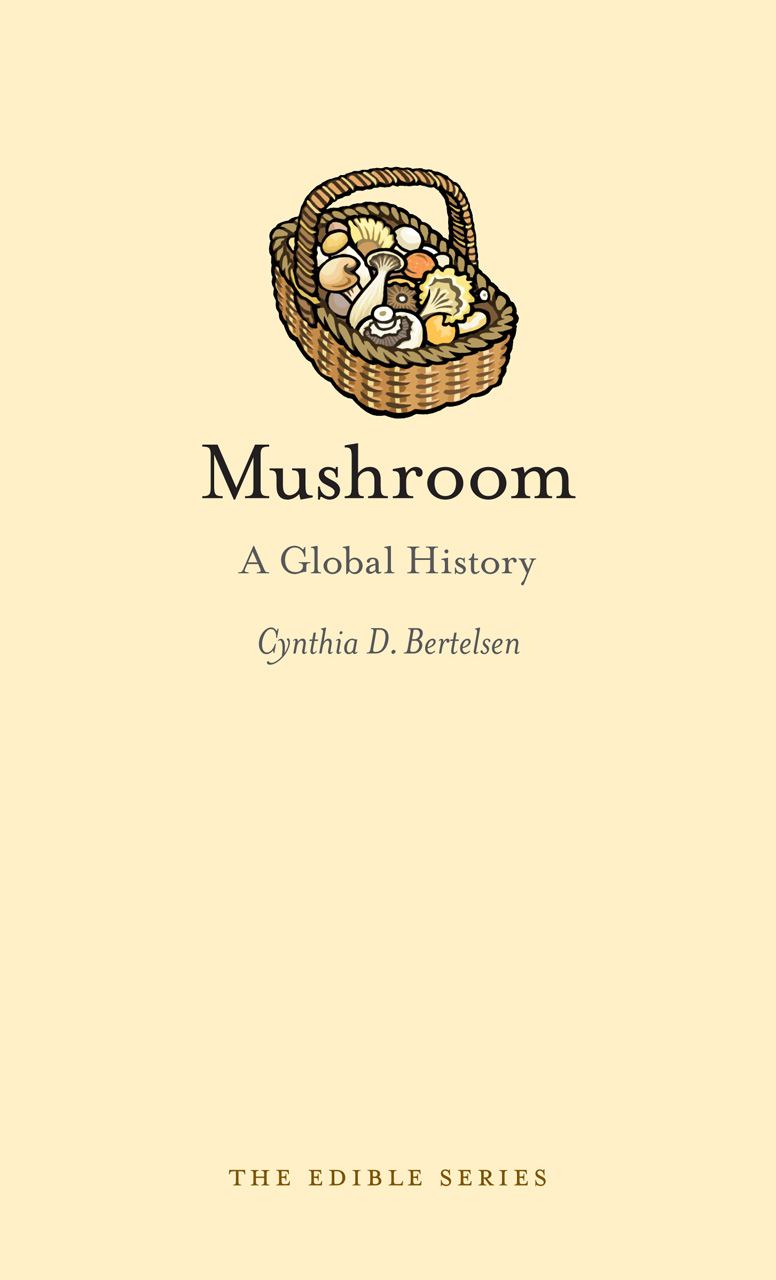College of Agriculture and Life Sciences alumna uncovers the mysteries of mushrooms

In Cynthia Bertelsen’s new gastronomic guide, "Mushroom: A Global History," the Virginia Tech College of Agriculture and Life Sciences alumna lays out how fungi have been misunderstood and miscast for decades.
Bertelsen's recently published book by Reaktion Books Ltd. describes the good and the bad about mushrooms and their uses from the medicinal to the comestible.
“My education was like a mini medical degree and helped me write the book,” Bertelsen said. One aspect of her research explored how the toxicity of mushrooms affects the human body.
Toxicity is just one reason mushrooms such as the poisonous death cap have occupied varying degrees of infamy throughout human history. The human nutrition, foods, and exercise alumna writes that indigenous peoples in the Orinoco Delta of South America referred disparagingly to mushrooms as “food of the bush vultures,” while English speakers used the term “toadstool” to conjure negative connotations of fungi.
While the French and Italians embraced the fruiting bodies from forest floors, the English developed mycophobia — fear or distaste of mushrooms — early on, believing mushrooms to have little nutritional value at best, and capable of poisoning someone to death at worst.
To this day, the identification of edible mushrooms remains the most studied aspect of mycology. There are thousands of species of mushrooms, several of which are poisonous, and about 250 of which are edible.
According to Bertelsen’s book, one of the earliest American recipes for mushrooms as culinary delicacy appeared in "Fannie Farmer’s Boston Cooking School Cookbook" for chicken and mushroom croquettes in 1897.
Some of the same food preservation techniques that were used a century ago were the same ones Bertelsen studied as a student. Preservation of mushrooms by drying, freezing, or smoking them is one of the many topics she explores in her mycological memoir.
“It’s amazing that people figured that out so early on in human history that drying something makes it less susceptible to bacteria,” said Bertelsen.
For Bertelsen, writing the book was like coming full circle from her own childhood.
“I never liked mushrooms when I was a kid,” she said. “But when I started traveling in Europe and saw the mushrooms in the markets, the shapes and the colors and everything just fascinated me.”
“The most surprising thing to me in writing this book was discovering the use of mushrooms in spiritual ceremonies,” said Bertelsen. Mayans, Vikings, and Greeks all incorporated hallucinogenic mushrooms into spiritual ceremonies until the advent of Christianity, according to her book.
For those readers inspired to try their hand at cooking some of their own mushroom dishes, Bertelsen’s book also includes recipes for using them in everyday cooking. She includes several historical recipes, including this one for mushroom catsup from "The Virginia Housewife" in 1897:
Take flaps of proper mushrooms from stems, wash them, add some salt, and crush them; then boil them for some time, strain them through a cloth, put them on the fire again with salt to your taste, a few cloves of garlic, and a quarter of an ounce of cloves pounded, to a peck of mushrooms; boil it till reduced to less than half the original quantity, bottle and cork well.
Nationally ranked among the top research institutions of its kind, Virginia Tech’s College of Agriculture and Life Sciences focuses on the science and business of living systems through learning, discovery, and engagement. The college’s comprehensive curriculum gives more than 3,100 students in a dozen academic departments a balanced education that ranges from food and fiber production to economics to human health. Students learn from the world’s leading agricultural scientists, who bring the latest science and technology into the classroom.
Written by Amy Loeffler.





